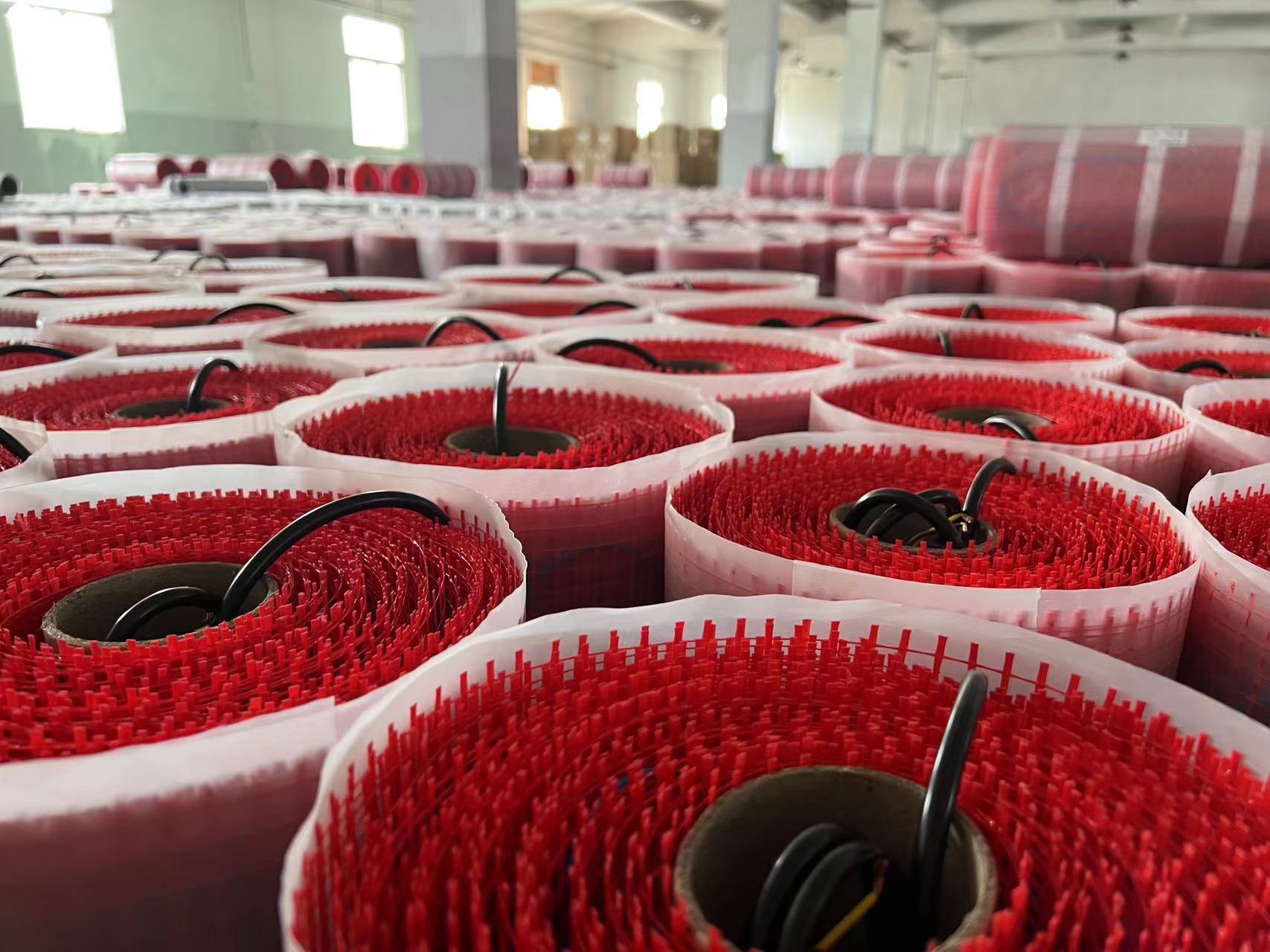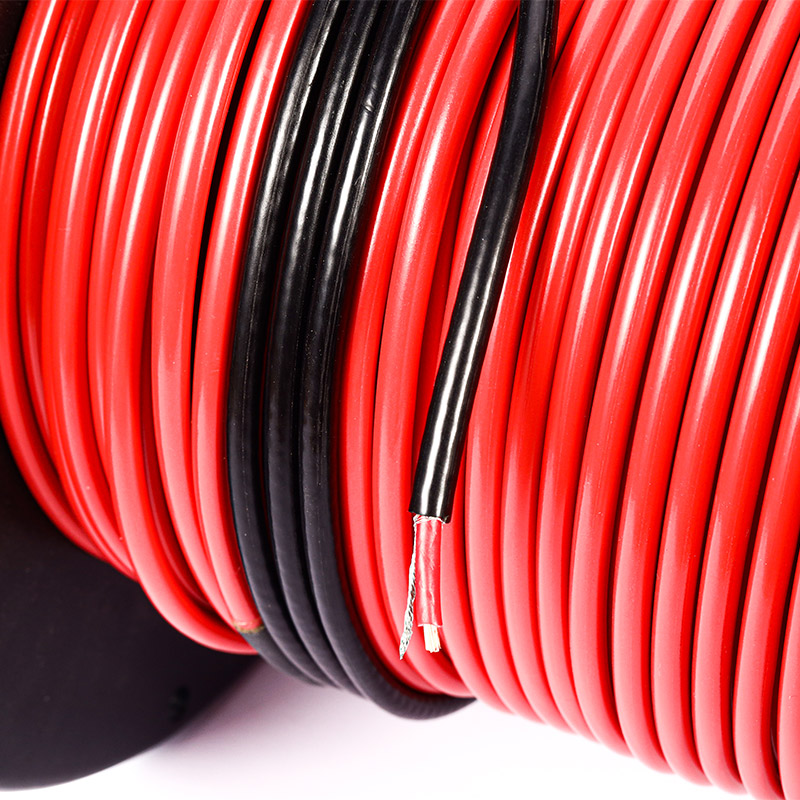In the realm of industrial temperature maintenance, the choice between electric heat trace systems and steam heat trace systems is pivotal. Both play a crucial role in ensuring the consistency and control of temperatures for pipelines, tanks, and other industrial equipment. In this article, we will delve into the comparison of these two systems, exploring their features, advantages, and ideal applications. By understanding the distinctions between electric and steam heat trace systems, you can confidently select the optimal solution tailored to your specific requirements.

Unveiling Electric Heat Trace Systems
Electric heat trace systems rely on heating cables wrapped around pipes or equipment to deliver precise and consistent heat. These systems harness electrical power to generate and sustain the desired temperature. The key advantages of electric heat trace systems include:
Energy Efficiency
Electric heat trace systems can be designed with individual temperature controls, allowing for precise monitoring and reducing overall energy consumption.
Versatility
They are well-suited for both indoor and outdoor applications, making them a flexible and adaptable choice across various industries.
Ease of Installation
Compared to steam heat trace systems, electric heat trace systems are relatively easier to install, demanding minimal infrastructure modifications.
Navigating Steam Heat Trace Systems
Steam heat trace systems utilize steam to provide heat along the length of the pipeline or equipment. They necessitate a steam source, such as a boiler, to generate the required heat. Notable features and benefits of steam heat trace systems include:
High Heat Output
Steam heat trace systems offer high heat output, rendering them ideal for applications requiring rapid and intense heating.
Cost-Effectiveness
If there is an existing steam source in your facility, steam heat trace systems can be a cost-effective option, leveraging the available steam supply.
Suitable for Long Pipelines
Due to the ability of steam to travel extended distances without significant heat loss, steam heat trace systems are well-suited for long pipelines.

Choosing the Right System for Your Requirements
When faced with the decision between electric heat trace systems and steam heat trace systems, it’s essential to consider the following factors:
Temperature Requirements
Evaluate the temperature range necessary for your application. Electric heat trace systems are better suited for low to medium temperature ranges, while steam heat trace systems excel at higher temperatures.
Cost Considerations
Assess the initial investment, operational costs, and the availability of resources like steam or electricity in your facility.
Maintenance and Efficiency
Compare the maintenance requirements and efficiency levels of both systems, aligning them with your operational needs.
Making the Informed Choice
Both electric heat trace systems and steam heat trace systems possess distinct advantages and are suitable for different applications. By carefully considering factors such as temperature requirements, cost considerations, and maintenance needs, you can determine which system best fits your specific demands. Whether opting for the versatility of electric heat trace or the high heat output of steam heat trace, implementing the right system guarantees efficient and effective temperature maintenance for your pipelines and equipment.
As a leading heat trace cable manufacturer, we are dedicated to providing state-of-the-art technology and expertise to ensure the optimal solution for your heat tracing needs. Our commitment to quality and innovation makes us a trusted partner in the industry, and we invite you to visit our website to discover how our advanced heat trace systems can benefit your operations.






